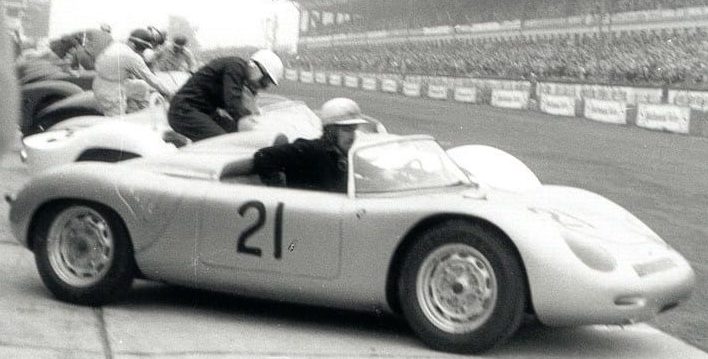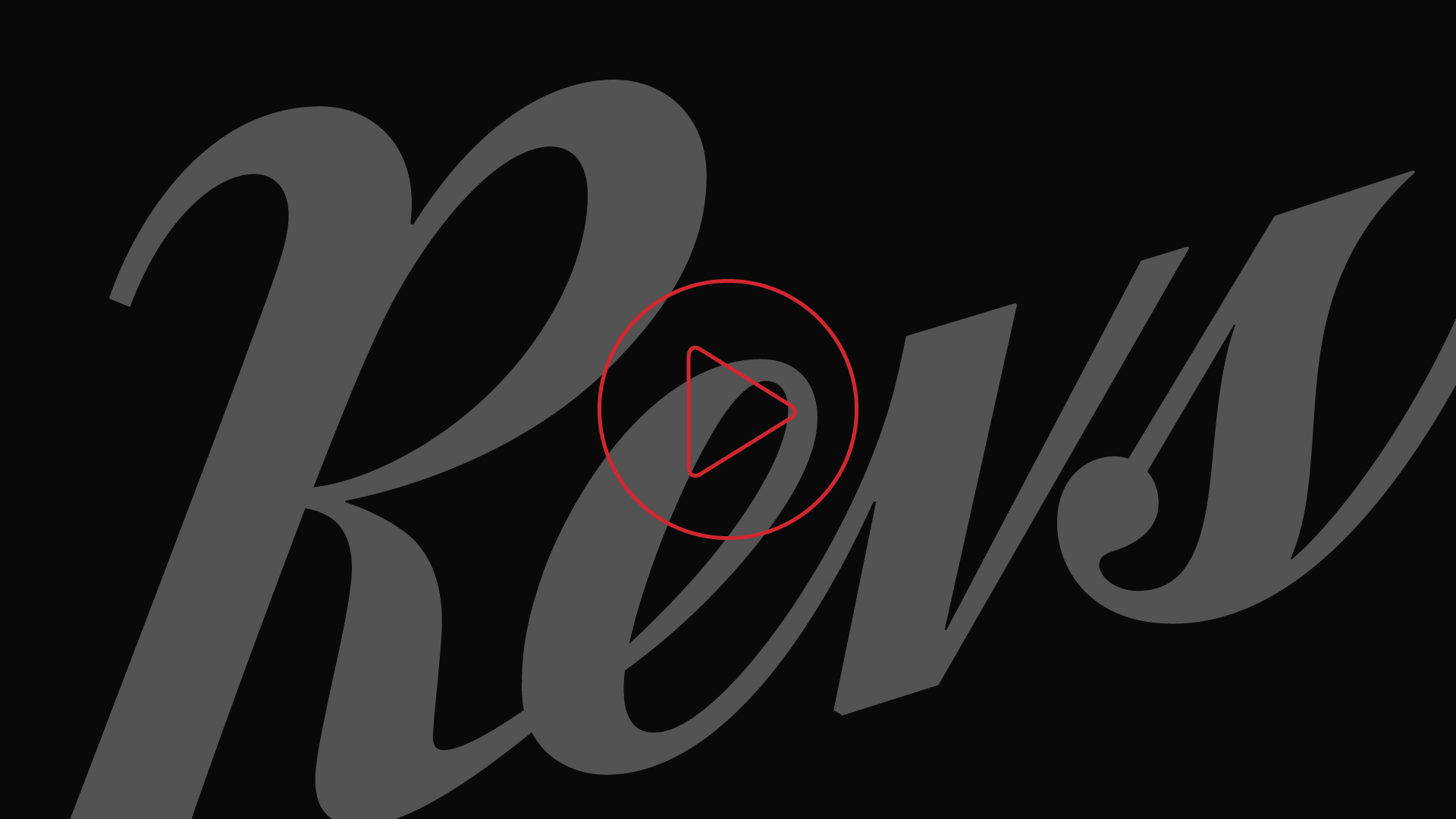Tech Specs
Flat-four air-cooled engine, mounted midship, twin overhead camshafts, 1697 cc, 170 hp at 7800 rpm.
Before/After
1960 Porsche


About the 1960 Porsche RS-60
The Targa Florio coursed through a Sicilian countryside whose landscape was medieval in some spots, ancient in others, and breathtakingly beautiful throughout. To survive ten laps of its mountainous and punishing 44.64-mile circuit was an accomplishment. To win the Targa was truly remarkable. The display car won the Targa in 1960. Indeed, Porsches won seven Targas during that decade. The remaining three were taken by Ferrari.
The rivalry was fierce. The Sicilian peasantry loathed the “German invasion.” Because of Ferrari’s horsepower advantage, journalists referred to the Porsches as “giant killers.” By 1960, Maranello’s determined efforts had widened the power gap, and Porsche was expected to reply with more oomph for the RSK successor. Porsche didn’t. After all, in the 1959 Targa, a Testa Rossa had not been able to interrupt the RSK one-two-three finish.
Neither engine nor transmission was significantly changed in the RS-60. The suspension remained the same wishbone type that works RSK cars had since 1959. Wheel size was reduced an inch (to 15), and four inches were added to the wheelbase for better leg room and more docile handling. The new 10-inch FIA-decreed windscreen was especially decried by Porsche as it cost the cars 5-6 mph in top speed, a penalty not suffered by the more puissant competition.
A second in the Nürburgring 1000 followed the display car’s Targa win. Despite fellow team cars having a good season as well, Maranello won the war. Totting up the points at season’s end showed a Ferrari-Porsche tie, but the FIA’s more-total-victories bonus gave the 1960 Manufacturers Championship to Ferrari for the fifth straight year.
The last important race for the display car was the Nürburgring 1000 in May 1961 where rain tires (a gamble lost when the sun shone) put Stirling Moss woefully behind until the rain returned and Moss made up for lost time in a masterful display of driving that quickly saw him in second, gaining on the leader and thrilling the crowd – until 718-041’s engine gave out.
In addition to racing, 718-041 served the factory as Porsche’s guinea pig to test various transmissions and the 2.0 liter Type 587 engine.
Photos – Peter Harholdt









